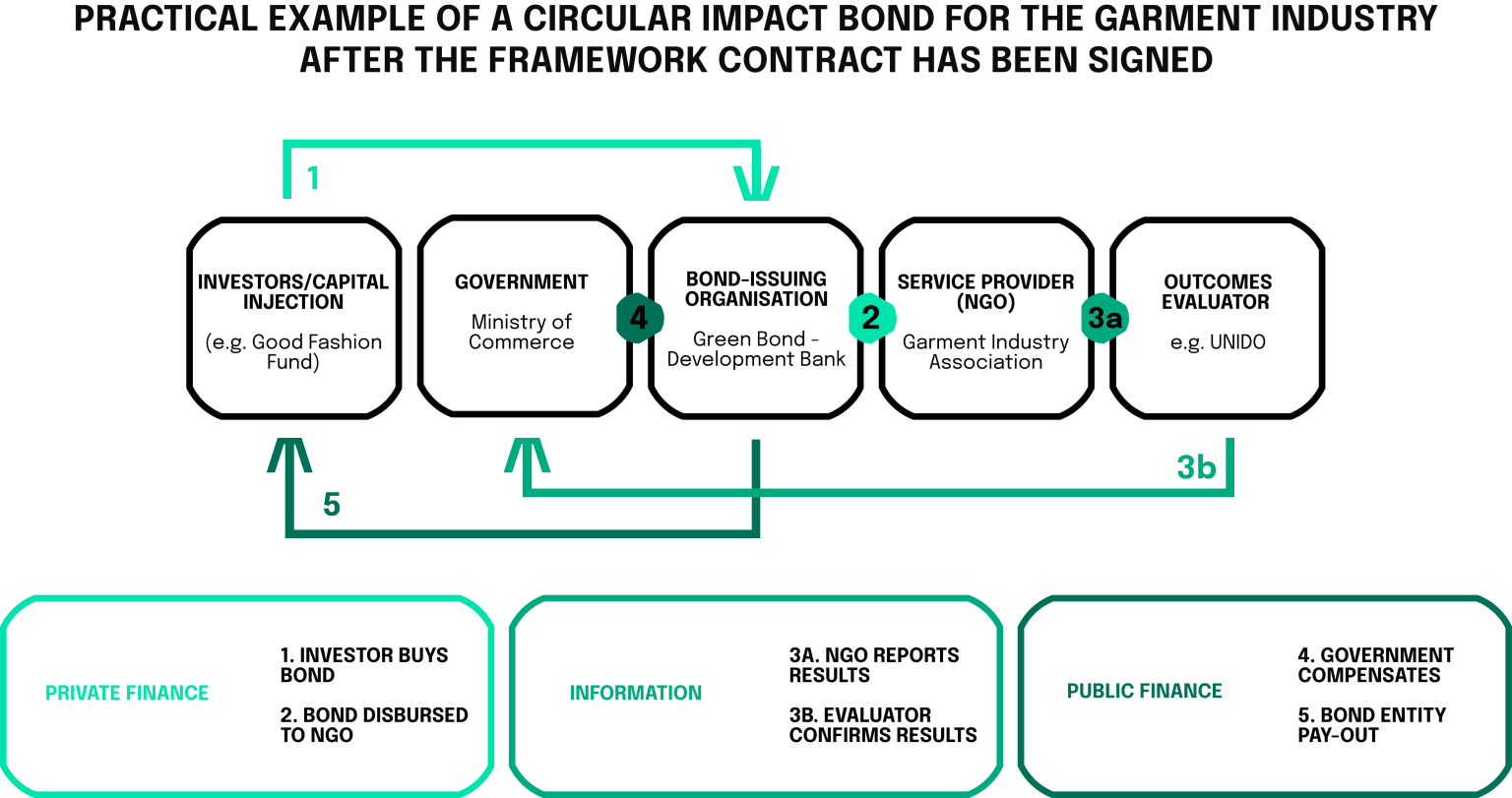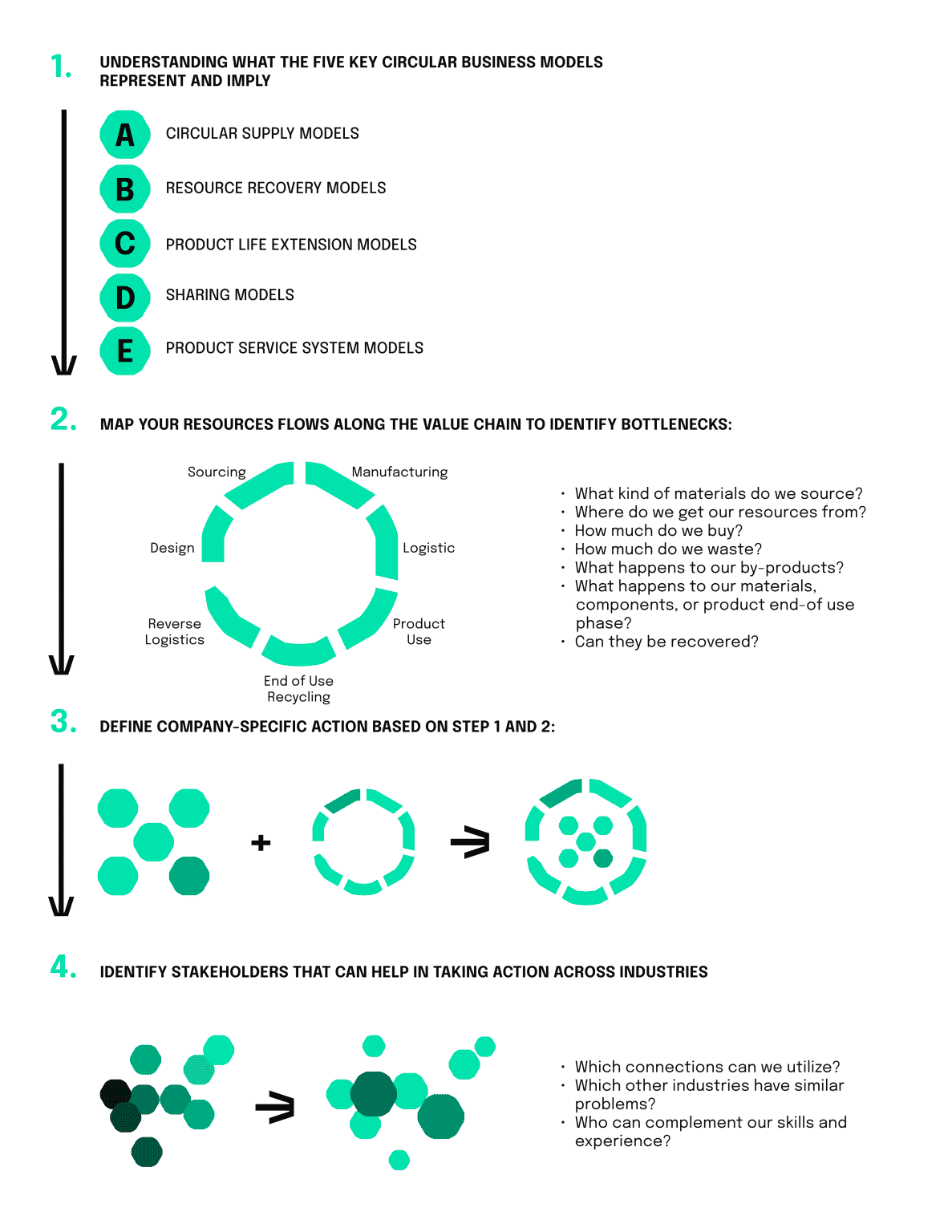Aboulamer, A., Soufani, K., & Esposito, M. (2020). Financing the circular economic model. Thunderbird International Business Review, 62(6), 641–646. https://doi.org/10.1002/tie.22123
Austin, A., & Rahman, I. U. (2022). A triple helix of market failures: Financing the 3Rs of the circular economy in European SMEs. Journal of Cleaner Production, 361, 132284. https://doi.org/10.1016/j.jclepro.2022.132284
Choi, T. M., Taleizadeh, A. A., & Yue, X. (2019). Game theory applications in production research in the sharing and circular economy era. International Journal of Production Research, 58(21), 6660–6669. https://doi.org/10.1080/00207543.2019.1684593
Dewick, P., Bengtsson, M., Cohen, M. J., Sarkis, J., & Schröder, P. (2020). Circular economy finance: Clear winner or risky proposition? Journal of Industrial Ecology, 24(6), 1192–1200. https://doi.org/10.1111/jiec.13025
Dong, L., Liu, Z., & Bian, Y. (2021). Match Circular Economy and Urban Sustainability: Re-investigating Circular Economy Under Sustainable Development Goals (SDGs). Circular Economy and Sustainability. https://doi.org/10.1007/s43615-021-00032-1
The EIB Circular Economy Guide. (2020, May 1). Retrieved September 29, 2022, from https://directory.doabooks.org/handle/20.500.12854/64173
Fair, R. C. (2007). Principles of Economics. Upper Saddle River, NJ, Vereinigte Staaten: Prentice Hall.
Ghisetti, C., & Montresor, S. (2019). On the adoption of circular economy practices by small and medium-size enterprises (SMEs): does “financing-as-usual” still matter? Journal of Evolutionary Economics, 30(2), 559–586. https://doi.org/10.1007/s00191-019-00651-w
Jhomayra – Thamara, M. O., Jenny, O. O., Leonardo, I. M., & Wilman-Santiago, O. M. (2022). Circular Economy and New Technologies in Latin America as a Contribution to Sustainable Development. 2022 17th Iberian Conference on Information Systems and Technologies (CISTI). https://doi.org/10.23919/cisti54924.2022.9820303
Jinru, L., Changbiao, Z., Ahmad, B., Irfan, M., & Nazir, R. (2021). How do green financing and green logistics affect the circular economy in the pandemic situation: key mediating role of sustainable production. Economic Research-Ekonomska Istraživanja, 35(1), 3836–3856. https://doi.org/10.1080/1331677x.2021.2004437
Mähönen, J. T. (2018). Financing Sustainable Market Actors in Circular Economy. SSRN Electronic Journal. https://doi.org/10.2139/ssrn.3273263
Millette, S., Eiríkur Hull, C., & Williams, E. (2020). Business incubators as effective tools for driving circular economy. Journal of Cleaner Production, 266, 121999. https://doi.org/10.1016/j.jclepro.2020.121999
OECD. (2022). Framework for industry’s net-zero transition. OECD Environment Policy Papers. https://doi.org/10.1787/0c5e2bac-en
Zioło, M., Bąk, I., Filipiak, B. Z., & Spoz, A. (2022). IN SEARCH OF A FINANCIAL MODEL FOR A SUSTAINABLE ECONOMY. Technological and Economic Development of Economy, 28(4), 920–947. https://doi.org/10.3846/tede.2022.16632





